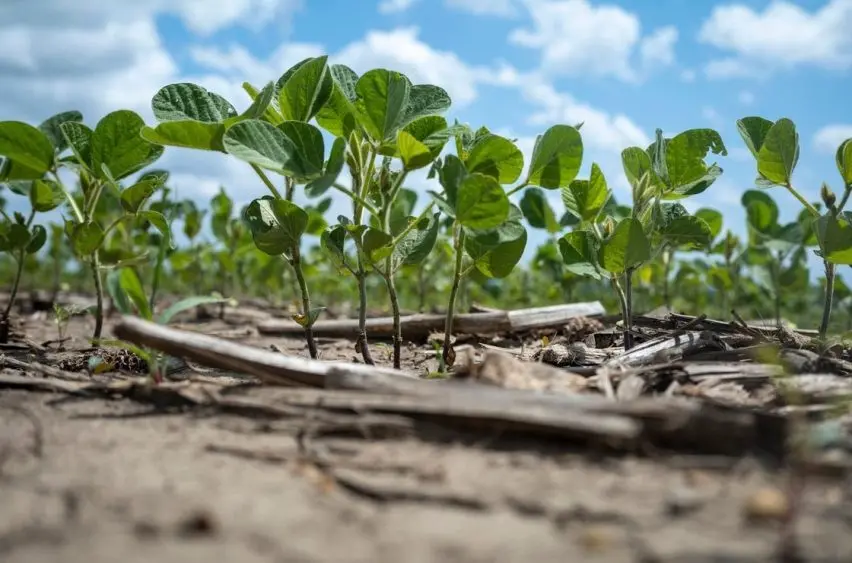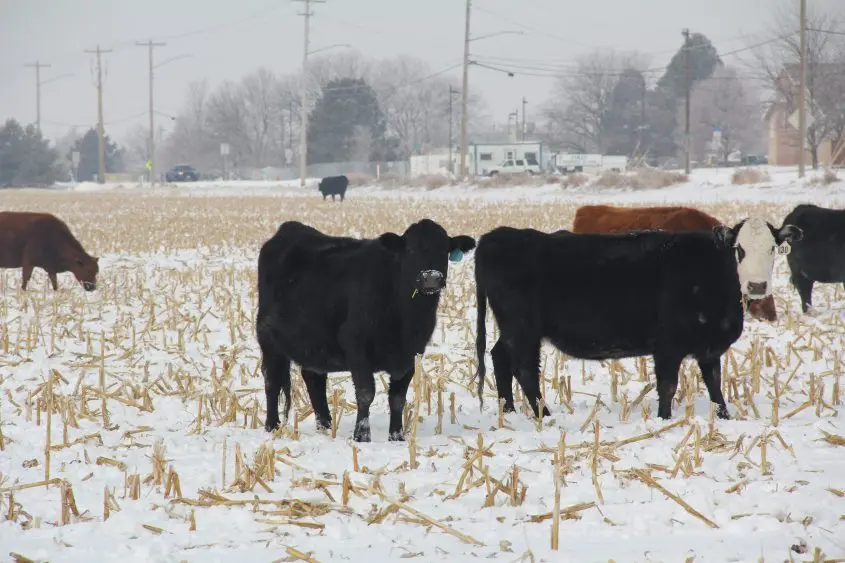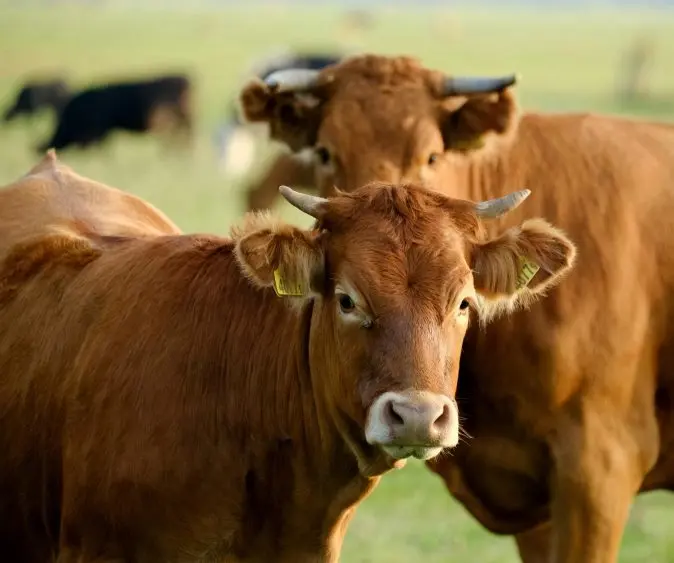
Innovation in agriculture is falling dangerously behind the demands placed on farmers and agri-food systems, straining future supplies of key products like eggs, cotton, and corn- and soy-based biofuels, according to the newly released Global Agricultural Productivity (GAP) Report.
At the center of the report is total factor productivity (TFP), a measure of efficiency that tracks how effectively agricultural inputs such as land, labor, and capital are turned into outputs. TFP growth serves as a barometer of innovation in agriculture. Global TFP growth has slowed to 0.76 percent annually over the past decade, just one-third of the 2 percent target needed to sustainably meet demand by mid-century.
The 2025 GAP Report warns that addressing this slowdown is essential to keeping food and agricultural products available and affordable, ensuring farmers remain profitable, and protecting the environment. Yet, progress has been hindered by global trade disruptions and declining public research investment.
The report, titled “The TFP Growth Frontier: Plateaus and Progress in Agricultural Productivity Growth,” was released on October 1 by Virginia Tech’s College of Agriculture and Life Sciences during an event at Google’s Fulton Market Chicago office. It features a regional spotlight on the United States, noting that productivity growth over the past decade has lagged behind competitors. From 2011 to 2020, U.S. agricultural productivity growth declined by an average of 0.05 percent annually, while China surged ahead with 1.9 percent annual growth, fueled by double the research and development (R&D) investment of the U.S.
“Stagnating agricultural productivity growth has real implications for U.S. farmers,” said Tom Thompson, professor and associate dean of the College of Agriculture and Life Sciences and director of CALS Global. “Without renewed gains, farmers won’t be able to make a sustainable living providing vital goods to the economy. We urgently need a step-change in public research spending and innovation systems so farmers have affordable, effective productivity-enhancing tools at their fingertips.”
To confront these challenges, the 2025 GAP Report introduces the Total Factor Productivity Growth Frontier, a first-of-its-kind model diagnosing pain points in productivity growth and identifying pathways to overcome them. The model organizes technologies, practices, and management strategies into four domains, allowing investors, policymakers, and researchers to identify what is holding back growth and where opportunities lie.
The model also categorizes countries by their productivity growth potential, highlighting regions where declining trends could threaten farmer livelihoods, food affordability, and environmental sustainability.
To enable evidence-based action, the report emphasizes the importance of using data to guide sustainable growth. Decision-makers must be able to pinpoint the causes of stagnation and adopt approaches that remove barriers and shift agricultural systems toward higher productivity. Virginia Tech’s GAP Initiative is designed to facilitate cross-sector collaboration to restore sustainable productivity growth.
Working with major agribusinesses such as Bayer, Corteva, Mosaic, Syngenta, and John Deere; research institutions like Purdue University and the CGIAR System; and NGOs including The Nature Conservancy and Heifer International, the GAP Initiative unites partners to create systemic change. Together, they aim to ensure that farmers worldwide are profitable while supporting food security, biodiversity, and economic goals.
To advance these efforts, the GAP Initiative is developing GAP IQ, a next-generation data intelligence platform in partnership with Google Public Sector and Appnovation. Powered by artificial intelligence, GAP IQ integrates fragmented agricultural data into a single platform to support real-time decision-making. It will visualize data across countries and regions, model policy options, and identify trends to drive sustainable productivity growth.
“We have a wealth of global data that could be used to drive agricultural productivity growth, but it is fragmented, difficult to access, and exists in different formats that make it hard to analyze,” said Jessica Agnew, associate director of CALS Global and managing editor of the GAP Report. “Data needs to be not only accurate but also actionable, so we can use it to finally break down the silos that are preventing growth to secure a sustainable future.”
The report identifies four key priorities to reinvigorate U.S. agricultural productivity growth:
- Reignite public R&D investment. Public research spending is the cornerstone of long-term productivity growth. Decades of underinvestment have slowed innovation. Pushing the TFP Growth Frontier forward will require increasing public agricultural R&D by $2.2 billion, comparable to post–World War II levels.
- Close the adoption chasm. Accelerating the adoption of productivity-enhancing technologies, practices, and management strategies is critical. Closing the gap between innovation and adoption will require coordinated investment in financial, infrastructure, and human capital support.
- Strengthen the regulatory environment. An updated, science-based regulatory system is essential to speed the approval and deployment of new technologies. The current Coordinated Framework for Biotechnology, established in 1987, is outdated and has created costly delays in innovation.
- Foster public-private collaboration. Bridging the gap between research and widespread adoption will require deeper partnerships. Public investment drives breakthroughs, while private enterprise excels at scaling innovations to reach farmers.
The 2025 GAP Report concludes that breaking the productivity plateau will require renewed commitment across sectors to innovation, research, and collaboration—ensuring that global agriculture can sustainably meet the growing demands of the future.



